E-Group at Uaxactun

Contents [show]
- Location Description
- Project Location
- Historical Context
- Approximate Year of Completion
- Duration of construction
- Project description
- Construction details/observations
- Other significant comments
- Sources and references
- Project Id
Location Description
Petén, Guatemala. N 17.393561, W -89.634533
Project Location
17.398476438795587LOL-89.62989807128906
Historical Context
Uaxactun was an ancient Mayan city, situated just 12 miles north of the most important Mayan city, Tikal. Uaxactun was first inhabited nearly two thousand years BC, but it did not flourish until 500 AD to 900 AD.
Approximate Year of Completion
Late Preclassic Period or Early Classic Period (350 BC-550 AD)
Duration of construction
Late Preclassic Period or Early Classic Period
(350 BC-550 AD)
Project description
E-Groups, (like the one observed at Uaxactun) have been theorized to be an observatory due to the precise positioning of the sun through the smaller temples during both the solstices and equinoxes. Wikipedia describes E-Groups as such: “Complexes of this type consist of a stepped pyramid main structure, situated on the western side of a quadrilateral plaza or platform. A raised but rather elongated structure appears along the eastern side of the plaza, running north-south; a variation has three smaller temple mounds on top of or replacing this platform, the middle of these substructures placed directly opposite the main structure.” (Wikipedia).

Construction details/observations
I could not find any material on the construction details of this specific site, but I have been able to find a summary of Mayan construction. The materials used for building Mayan structures were normally types of stone found in the area surrounding the city, usually limestone. There were usually quarries right outside the city where the Mayans would gather stone. “The stones that they pulled from the quarry would be refined by chipping and flaking to a flat surface (Benson 40). The Mayan people also used mortar on their construction projects. They made the mortar by burning limestone in a very technical process. They layered the limestone with wood and put a cylinder or pipe up the middle of the stack. Next they burned the pile to make the mortar (Benson 38)” -Christina Moore
Other significant comments
Uaxactun is special because it is one of the earliest discovered E-Groups. It is important to take away from this project that Mayans were able to master astronomy even before the turn of the millenia.
Sources and references
“Uaxactun Positions of the Rising Sun at Group E.”The world of Ancient Mayas in virtual reality, <http://chichcalan.com/vrml/uaxactun_lines.html> (Apr. 30, 2015).
(2015). “Uaxactun.” Wikipedia, <https://en.wikipedia.org/wiki/Uaxactun> (Apr. 30, 2015)
Moore, Christina (2001). “Anthropology 008: Mayan, Aztec, and Inca Honors Page.” The Pennsylvania State University, <https://www.courses.psu.edu/anth/anth008_cmg149/index.html> (Apr. 30, 2015)
Benson, Elizabeth P. (1967). The Maya World, Thomas Y. Crowell Company, New York.
Project Id
MRS-06-15
Selected Topics
Want to read more like this?
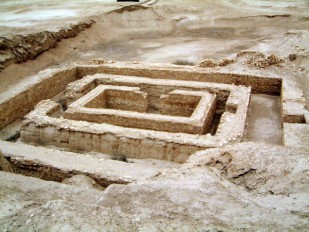
Uruk
Feb, 23, 2015 | EducationLocation Description 31.322222N, 45.636111E East of the present bed of the Euphrates river on an anc...
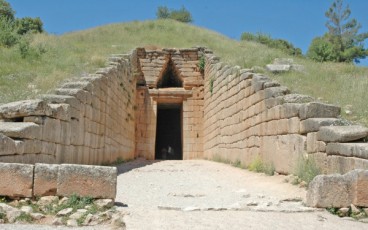
Treasury of Atreus
Feb, 03, 2015 | EducationLocation Description Mycenae, Greece 37° 43′ 36.5″ N, 22° 45′ 12.97″ E Project Location 37.766372439...
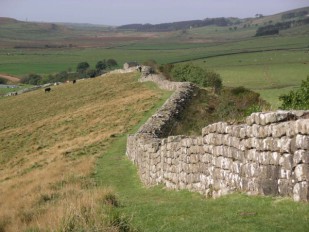
Hadrian’s Wall
Feb, 03, 2015 | EducationLocation Description Across Northern England, Bowness-on Solway to Wallsend, 55.0242° N, 2.2925° W P...
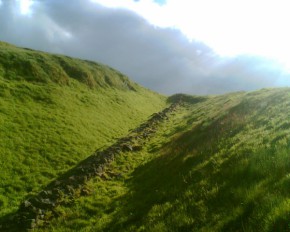
Antonine Wall
Feb, 03, 2015 | EducationLocation Description Running through the Central Belt of Scotland, 55.967 N, 4.067 W Project Locatio...
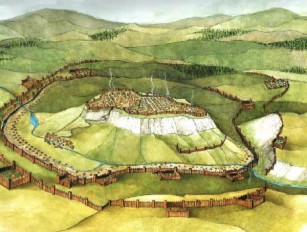
Walls at Alesia
Feb, 03, 2015 | EducationLocation Description City of Alesia, now modern day Alise-Sainte-Reine, France 47.537 N, 4.500 E Pro...
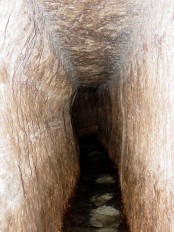
Hezekiah's Tunnel (Siloam Tunnel)
Jan, 21, 2015 | EducationLocation Description 31°46'20.39"N 35°14'8.44"E Project Location 31.773750670032722LOL35.23689201538...
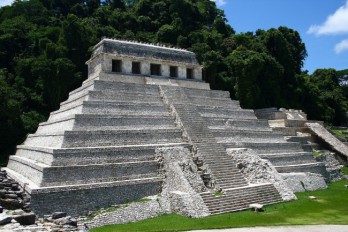
Hidden Canal Found Beneath Mayan Temple in Mexico (Video)
Aug, 02, 2016 | NewsLast week, archaeologists made a discovery at the Temple of the Inscriptions in the Mayan ruins of P...
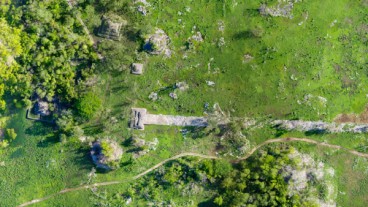
LiDAR study reveals information about great Maya road
Feb, 19, 2020 | NewsScientists utilized LiDAR data to study the longest road constructed during the Maya era. LiDAR (...
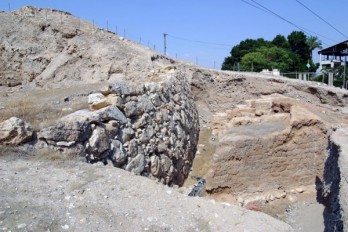
Wall of Jericho
Jan, 31, 2015 | EducationLocation Description 6 miles west of the Jordan River and 10 miles north-northwest of the north end...
Trending

Calculation example - Three Point Resection

Calculation example - Determine the water content within a soil sample

The history of the Golden Gate Bridge

Online Historical Database of Civil Infrastructure
Professional Examinations Preparation

Gauss's Area Calculation Formula

Calculation Examples

